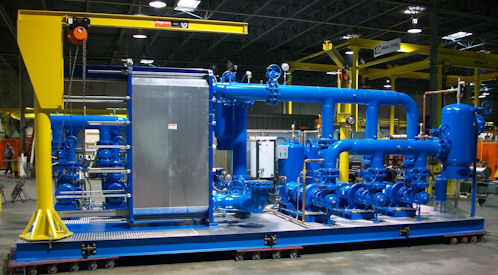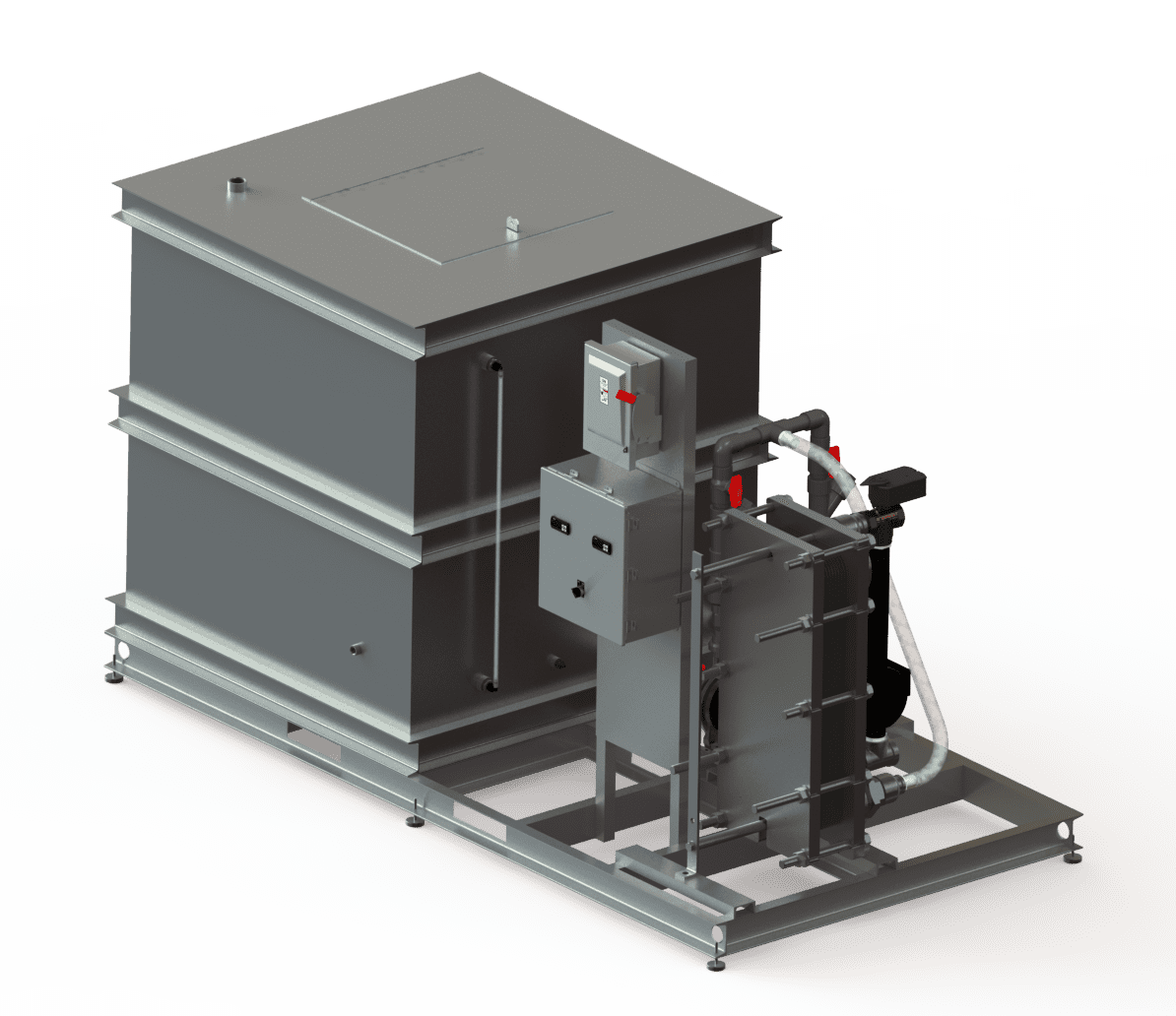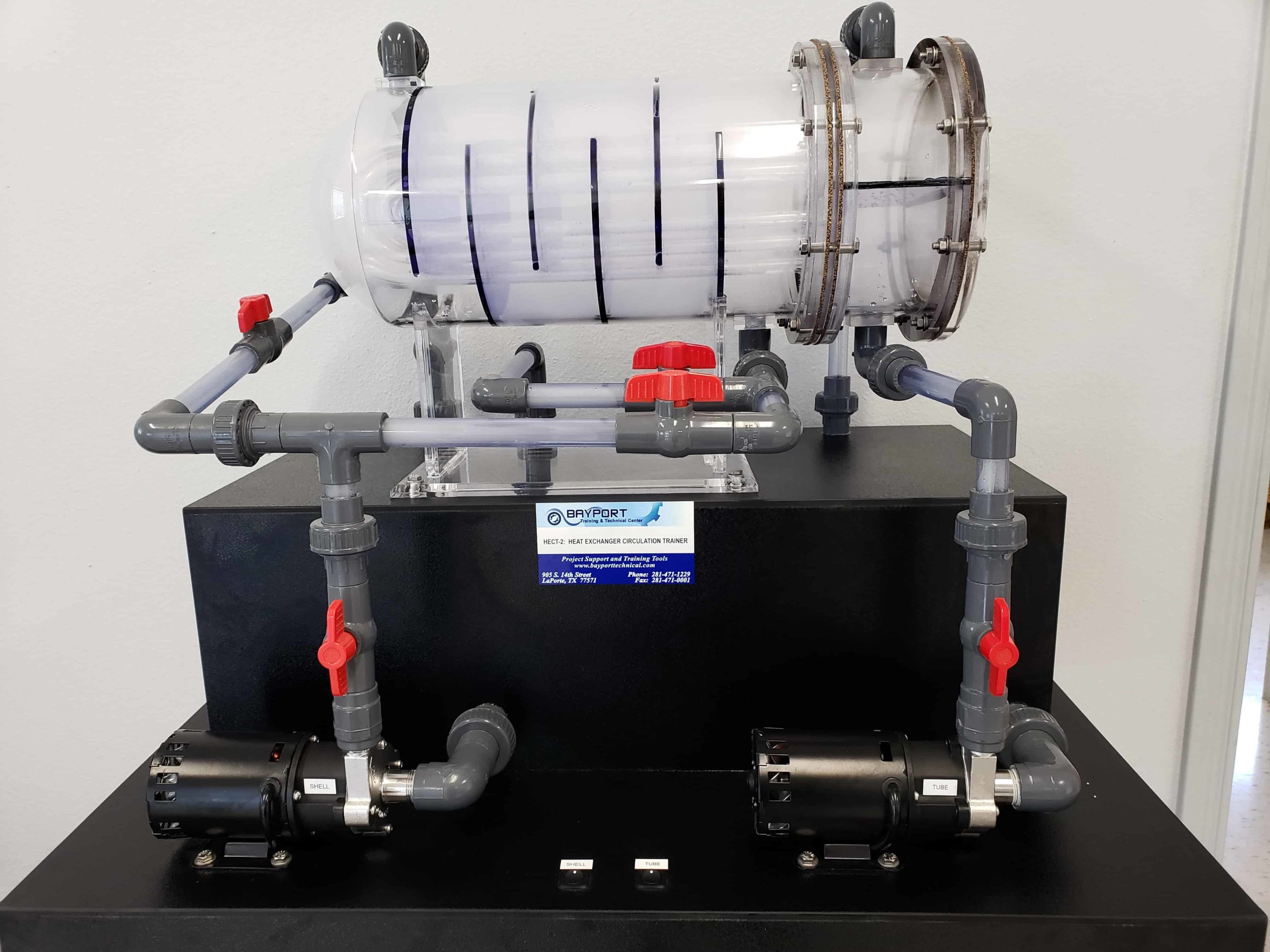How DVS Heat Transfer Systems Use Nanotechnology to Outperform Traditional Cooling Systems
Wiki Article
Technologies in Heat Transfer Equipments: What You Required to Know for Optimal Performance
Innovations in Heat transfer systems are changing performance throughout different industries. Advanced products like graphene and nanofluids promise significant renovations in thermal conductivity. At the same time, the assimilation of IoT and maker knowing offers possibilities for real-time tracking and improved energy performance. The landscape of thermal monitoring is swiftly developing. Recognizing these developments is crucial for accomplishing ideal system efficiency and sustainability in the future. What details improvements are forming this change?Arising Products for Improved Heat Transfer

Advanced Heat Exchanger Layouts
While conventional Heat exchangers have offered their function in different applications, advanced designs are currently arising to meet the boosting needs for efficiency and efficiency. These innovative styles, such as plate, shell-and-tube, and finned-tube Heat exchangers, include enhanced surface areas and boosted circulation patterns to increase thermal transfer rates. Additionally, small layouts enable decreased room requirements without jeopardizing efficiency. Advanced products, such as composites and corrosion-resistant alloys, in addition improve resilience and efficiency under severe problems. Simulation innovations and computational liquid characteristics are significantly employed to fine-tune these designs, making sure peak Heat transfer features. As industries seek to lessen power intake and maximize result, the adoption of advanced Heat exchanger styles is critical in achieving these purposes.The Role of Nanotechnology in Heat Transfer
Nanotechnology plays a crucial role in enhancing thermal conductivity within Heat transfer systems. By adjusting products at the nanoscale, researchers have achieved substantial renovations in power performance. These advancements not just optimize efficiency yet additionally add to more lasting energy services.Enhanced Thermal Conductivity
Significant advancements in thermal conductivity have actually emerged with the application of nanotechnology, reinventing Heat transfer systems across various sectors. By including nanoparticles into Heat transfer fluids and products, scientists have actually attained impressive rises in thermal conductivity. These nanoparticles, such as carbon nanotubes, graphene, and metal oxides, improve the Heat transfer residential properties due to their high surface location and distinct thermal features. The resulting compounds exhibit enhanced efficiency in applications varying from electronics cooling down systems to eco-friendly energy technologies. The ability to customize the dimension, shape, and structure of nanoparticles allows for maximized thermal management options. Therefore, nanotechnology remains to play an essential duty in the growth of a lot more reliable and reliable Heat transfer systems, paving the method for improved commercial applications.
Power Efficiency Improvements

Integration of IoT in Heat Transfer Solutions
The combination of IoT in Heat transfer systems presents the application of smart sensors that improve functional efficiency. These sensing units enable real-time information monitoring, permitting instant modifications and optimizations. This technical improvement has the possible to substantially boost efficiency and energy administration in Heat transfer applications.Smart Sensors Application
As Heat transfer systems advance, the integration of smart sensing units via the Web of Points (IoT) has actually become a transformative strategy. These sensing units enable real-time tracking of temperature, circulation, and stress rates, enhancing system efficiency and integrity. By collecting and transmitting information, they help with aggressive upkeep, minimizing the threat of system failures. In addition, smart sensors contribute to power financial savings by refining operational criteria based upon ecological problems. Their capability to assess anomalies and fads enables notified decision-making, ensuring peak performance of Heat transfer systems. As markets progressively adopt this technology, the execution of wise sensing units stands to revolutionize exactly how Heat transfer systems are managed, paving the means for greater sustainability and improved performance end results.Real-Time Information Surveillance
Just how can real-time data monitoring improve the effectiveness of Heat transfer systems? By incorporating Net of Things (IoT) innovation, Heat transfer systems can take advantage of continuous data collection from clever sensors. This real-time surveillance permits instant analysis of circulation, stress, and temperature level prices, allowing operators to recognize inadequacies quickly. Subsequently, changes can be made to optimize efficiency, minimize energy intake, and extend tools life expectancy. Furthermore, predictive maintenance can be executed, reducing unanticipated downtime and costly fixings. The ability to visualize performance metrics through control panels enhances decision-making, fostering an aggressive approach to system monitoring. Inevitably, real-time data keeping an eye on not just enhances functional performance but additionally adds to sustainability goals within commercial procedures.Power Performance and Sustainability Trends
Power efficiency and sustainability trends are reshaping the landscape of Heat transfer systems, driving technology and compliance throughout numerous industries. Organizations are significantly focusing on energy-efficient styles to reduce operational costs and decrease ecological influences. The integration of sustainable power resources is becoming more common, making it possible for Heat transfer systems to operate sustainably while satisfying governing demands. Additionally, advancements in innovations and materials advertise lower power intake and enhance total performance. Lifecycle evaluations are likewise obtaining traction, enabling companies to examine the ecological effect of Heat transfer systems from production to disposal. This focus on sustainability not only sustains business duty however likewise placements companies competitively in a market where customers progressively prefer eco-friendly services. Energy effectiveness and sustainability stay critical factors to consider for future growths in Heat transfer technology.Technologies in Thermal Management Solutions
While the need for reliable Heat transfer proceeds to increase, innovations in thermal administration services are emerging to deal with both performance and sustainability difficulties. Advanced products, such as phase change products and nanofluids, are being developed to enhance Heat transfer efficiency - DVS Heat Transfer Systems. These products boost thermal conductivity and allow for much better temperature level guideline in numerous applications. Furthermore, modern technologies like active thermal control systems are acquiring traction, allowing real-time modifications DVS Heat Transfer Systems to take care of Heat flow properly. These systems add to power cost savings and minimize the environmental effect of thermal processes. In addition, the integration of IoT in thermal monitoring assists in monitoring and predictive upkeep, making sure maximized efficiency and long life of Heat transfer systems. Generally, these innovations stand for considerable strides toward more lasting thermal administration techniquesFuture Directions in Heat Transfer Innovation
Arising developments in thermal administration services signal a promising future for Heat transfer modern technology. Researchers are significantly concentrating on establishing products with superior thermal conductivity and boosted power performance. Innovations such as nanofluids, which include put on hold nanoparticles, provide significant renovations in Heat transfer efficiency. Additionally, the assimilation of smart products that adjust to differing temperature conditions is gaining grip, enabling for more reliable and responsive systems. The surge of additive manufacturing techniques is likewise enabling the layout of complicated Heat exchanger geometries that optimize liquid circulation. The application of equipment discovering formulas is expected to reinvent the optimization of Heat transfer systems, promoting anticipating upkeep and performance enhancement. Jointly, these improvements are positioned to transform the landscape of Heat transfer technologies in various markets.
Frequently Asked Inquiries

How Do I Select the Right Heat Transfer System for My Application?
Selecting the right Heat transfer system involves examining application demands, consisting of temperature arrays, fluid properties, and efficiency needs. Analyzing system kinds, maintenance considerations, and cost-effectiveness likewise plays an essential role in making a notified choice.What Are the Upkeep Requirements for Advanced Heat Exchangers?
Maintenance demands for advanced Heat exchangers commonly consist of normal examinations, monitoring for leakages, cleaning of surface areas, and ensuring optimal flow prices. Complying with manufacturer standards guarantees efficient procedure and lengthens the equipment's life expectancy.
How Do Ecological Elements Influence Heat Transfer Performance?
Environmental factors considerably influence Heat transfer performance. Variations in air movement, temperature level, and moisture impact thermal conductivity and convective Heat transfer, eventually influencing system performance and requiring factor to consider throughout the layout and operation of Heat transfer systems.What Safety And Security Standards Put On Heat Transfer Equipments?
Safety criteria for Heat transfer systems generally include guidelines from organizations such as ASME and ASTM. DVS Heat Transfer Systems. These criteria address materials, design, and operational methods to guarantee reliability, performance, and security versus risks in various applications
How Can I Fix Common Heat Transfer System Issues?
Fixing common Heat transfer system issues involves looking for leaks, making sure proper liquid circulation, examining insulation honesty, and validating temperature level differentials. Recognizing these elements can assist preserve system performance and protect against more problems.Nanotechnology plays an essential function in improving thermal conductivity within Heat transfer systems. Significant improvements in thermal conductivity have emerged through the application of nanotechnology, reinventing Heat transfer systems throughout various industries. Developments in thermal conductivity with nanotechnology have led the way for exceptional renovations in power performance within Heat transfer systems. Energy effectiveness and sustainability patterns are improving the landscape of Heat transfer systems, driving advancement and compliance across different industries. The assimilation of IoT in thermal monitoring assists in tracking and anticipating maintenance, making certain optimized performance and durability of Heat transfer systems.
Report this wiki page